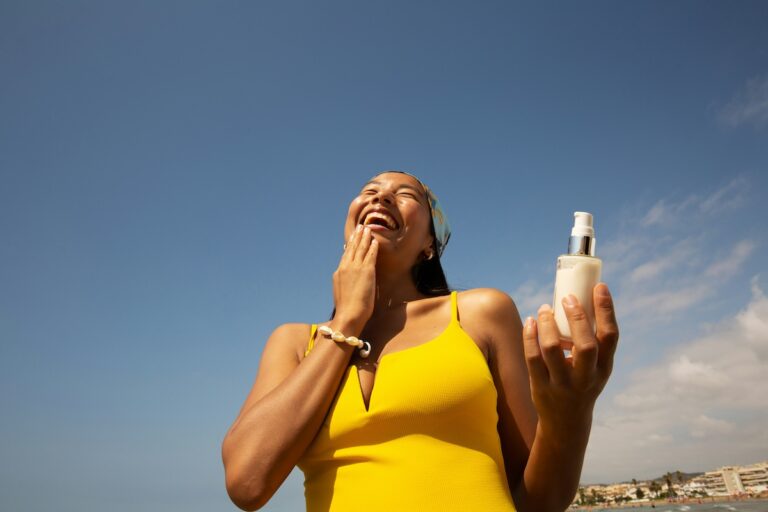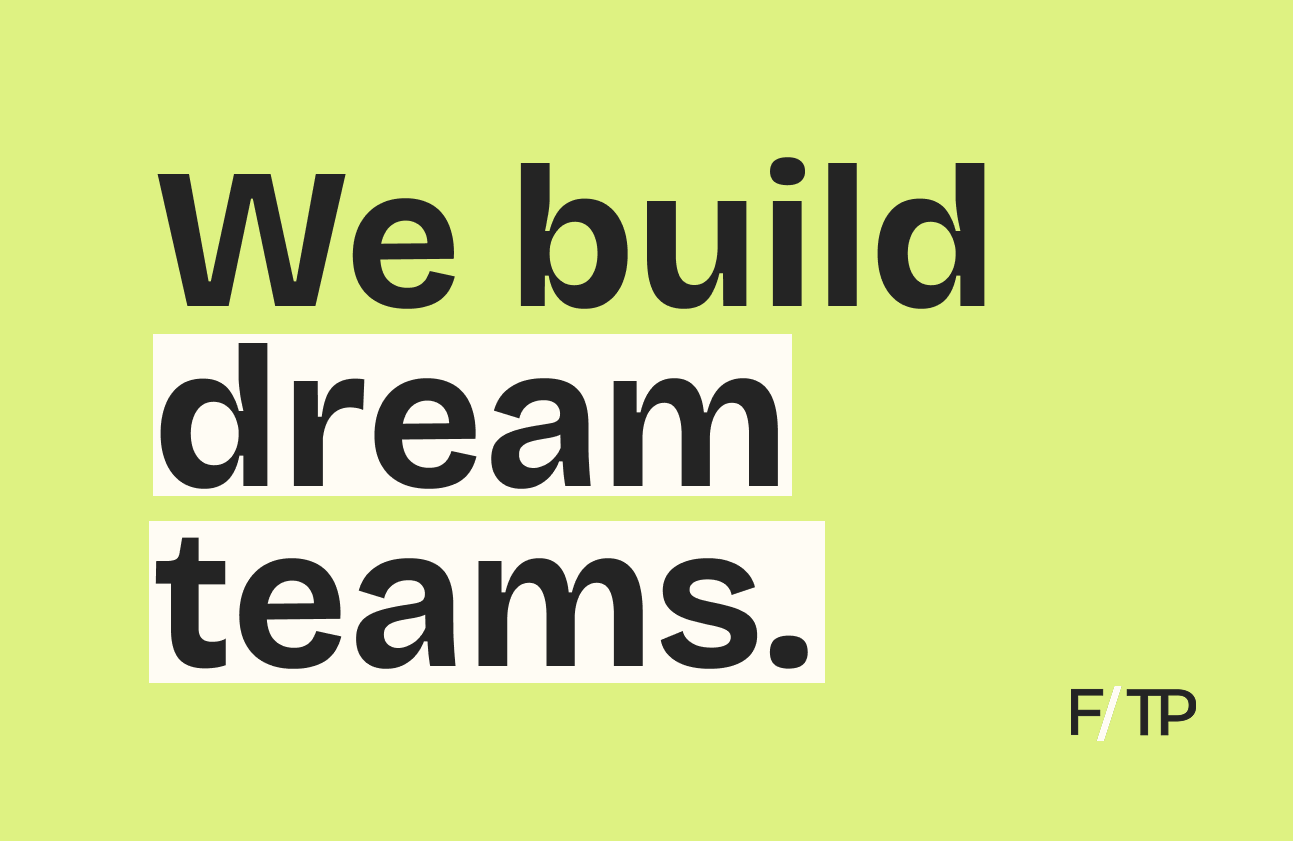Ozempic is the latest health hack.
In the news: A WSJ report detailed the rise of microdosing GLP-1s among endurance athletes and gym-goers.
Beyond diabetes treatment or weight management, low-dose injections are being used to improve VO2 max, reduce inflammation, support recovery, and sustain energy.
Cheat code. Initially dismissed as a shortcut, GLP-1s are gaining acceptance. As enhancements like TRT and Botox become more common, wellness culture is selectively pro- and anti-Big Pharma, especially when results are aesthetic.
Next wave. With GLP-1-style interventions on the horizon for sleep, stress, and longevity, pharmaceuticals are moving further into consumer health, challenging long-held assumptions about willpower, behavior change, and the pursuit of wellness.
On-ramp. By solving for biology, not discipline, these drugs offer some a much-needed reset, expanding participation across movement, nutrition, and preventative health.
But for otherwise healthy people, limited research on long-term effects, plus the propensity for unmonitored self-experimentation, has experts urging caution.
Punchline: As the line between wellness, performance, and medicine continues to blur, it will transform how consumers engage with health, and how brands compete to serve them.





